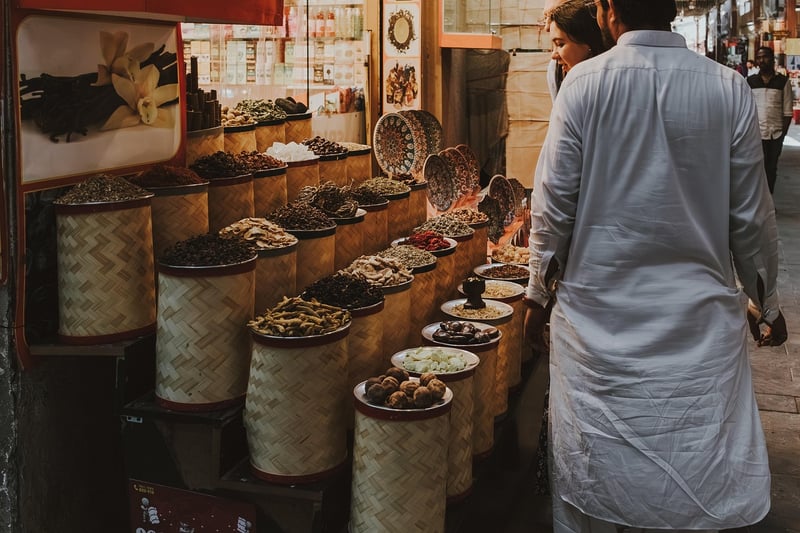Exotic Spices
Exploring the World of Exotic Spices: Key Components for Flavorful Dishes
When it comes to elevating your culinary creations, exotic spices play a crucial role in adding depth, complexity, and unique flavors to your dishes. From smoky paprika to aromatic saffron, these key components can transport your taste buds to far-off lands and enrich your cooking experience. Let's dive into the world of exotic spices and discover the essential ingredients every home chef should have in their pantry.
1. Saffron
Saffron is known as the most expensive spice in the world, prized for its vibrant color and distinct flavor. Derived from the crocus flower, saffron adds a rich, earthy taste to dishes and is commonly used in Spanish paella, risotto, and Indian cuisine.

2. Cardamom
Cardamom is a versatile spice with a warm, slightly citrusy flavor that pairs well with both sweet and savory dishes. It is often used in Indian, Middle Eastern, and Scandinavian cuisine to add a unique aroma and taste to curries, desserts, and baked goods.

3. Sumac
Sumac is a tangy spice made from ground berries and is commonly used in Middle Eastern and Mediterranean cuisine. It adds a bright, citrusy flavor to dishes and is often sprinkled over salads, grilled meats, and dips like hummus.

4. Turmeric
Turmeric is a vibrant spice known for its golden color and earthy flavor. Widely used in Indian and Southeast Asian cuisine, turmeric adds a warm, peppery note to dishes and is a key ingredient in curry powders and spice blends.

By incorporating these exotic spices into your cooking repertoire, you can unlock a world of flavors and take your dishes to new heights. Experiment with different spice combinations, explore global cuisines, and let your creativity shine in the kitchen!
Remember, a pinch of saffron, a dash of cardamom, a sprinkle of sumac, and a hint of turmeric can transform ordinary meals into extraordinary culinary delights.
